PREDICTIVE METHODS
Thanks to the progress made in computational fluid dynamics, the hydrodynamic performances of most naval platforms can now be simulated.
The expertise of SIREHNA’s engineers makes them able to fully exploit the potential of these methods.
Qualified and industrialized methods are used to predict the performances of various marine systems, such as ships, submarines, propellers, tidal turbines. SIREHNA also prepares and validates new methods and tools to answer more complex problems.
- Digital simulation experiments designed to validate concepts of development, & evaluate the hydrodynamic performance -

NUMERICAL TOWING TANK
FAST & RELIABLE TOOLS FOR SHIP DESIGN VALIDATION AND OPTIMIZATION
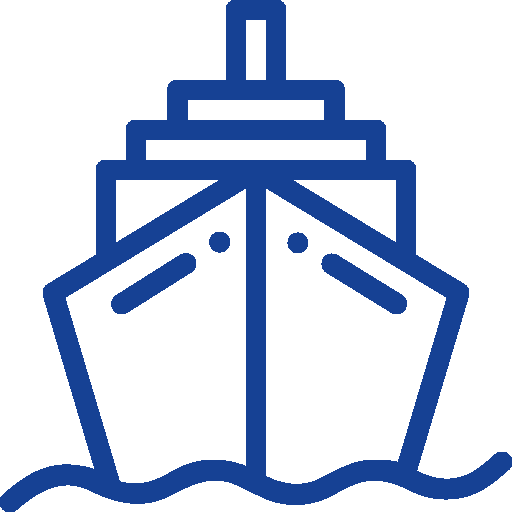
Ship Resistance
- Resistance in calm water
- Added resistance in waves
- Hull form and appendages optimization
- Self propulsion
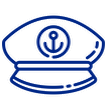
Seakeeping
- Standard seakeeping assessment
- Nonlinear motions and added resistance in reg.waves (CFD)
- Passive roll stabilisation tanks design
- Active roll stabilisation: fins, rudder roll
- Sea State Estimator & Best route prediction

Hydro Acoustic
- Hydrodynamic modelling for acoustic purpose, propeller induced noise
- Propeller unsteady flow behind hull
- Boundary layer calculation
- Advanced CFD models for turbulence prediction (LES…)
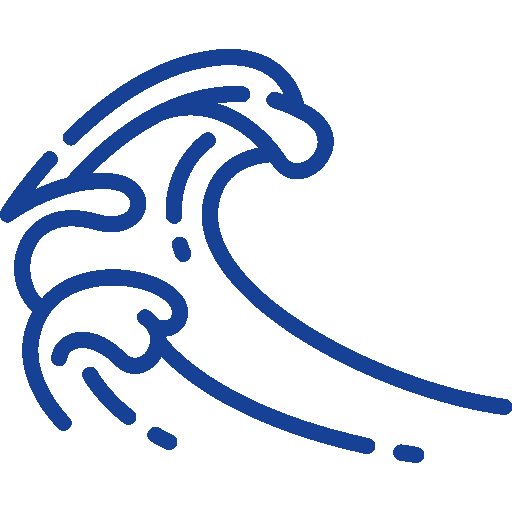
Wakes & water waves
- Near field ship wake (vortices)
- Far field ship wakes (waves, vortices, turbulence)
- Influence of turbulence on structures diffusion
- Interaction of immersed body with surface waves (detection)
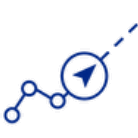
Manoeuvrability
- CFD ship manoeuvrability (tactical diameter, zigzag)
- Stability
- CFD manoeuvrability of underwater vehicles
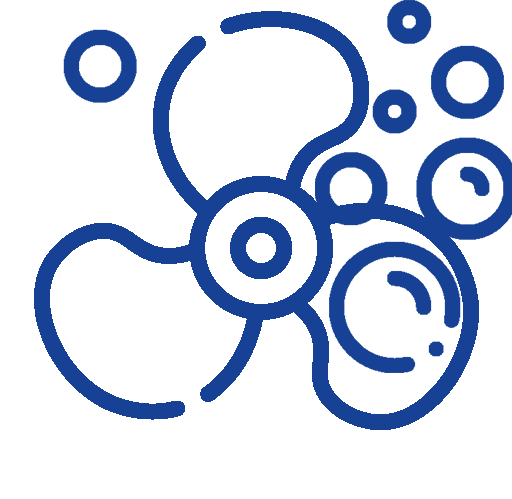
Cavitation
- Open water cavitation
- Tip vortex cavitation
- Cavitation in ship wake
- Ventilation

Aerodynamics
- Hull optimization
- Aerology
- Exhausts and pollutants trajectory
- Superstructure resistance

PROPELLER DESIGN
SIREHNA's expertise allow us to design & optimize any type of propeller and thruster (conventional, ducted, contra-rotative, pre-swirl stator, cap fins, vertical axis, energy saving devices, pump jet….) including propulsive performances and efficiency, cavitation, pressure pulses, radiated noise.
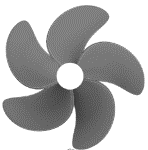
Open propeller
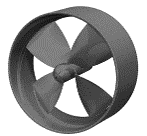
Ducted propeller
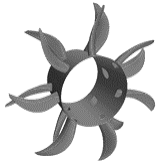
Contra rotating
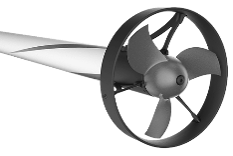
Pre-swirl
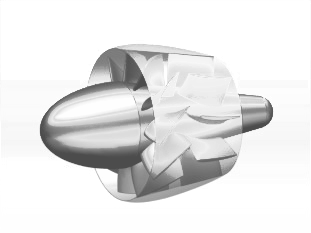
Pump jet
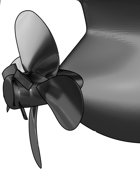
Cap fins
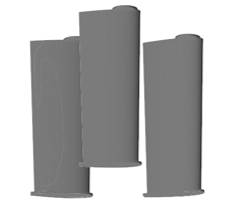
Vertical axis
Focus on performance prediction
- Open water performances prediction: thrust, torque, efficiency
- Open water analysis and behind hull (surface ship, submarine, UUV, …)
- Extension to four quadrants: any combination of rotation speed and advance velocity, including crash stop conditions
- All types of thrusters and energy saving devices
- Cavitation inception and extension computation in open water and behind hull
- Extension to ventilation